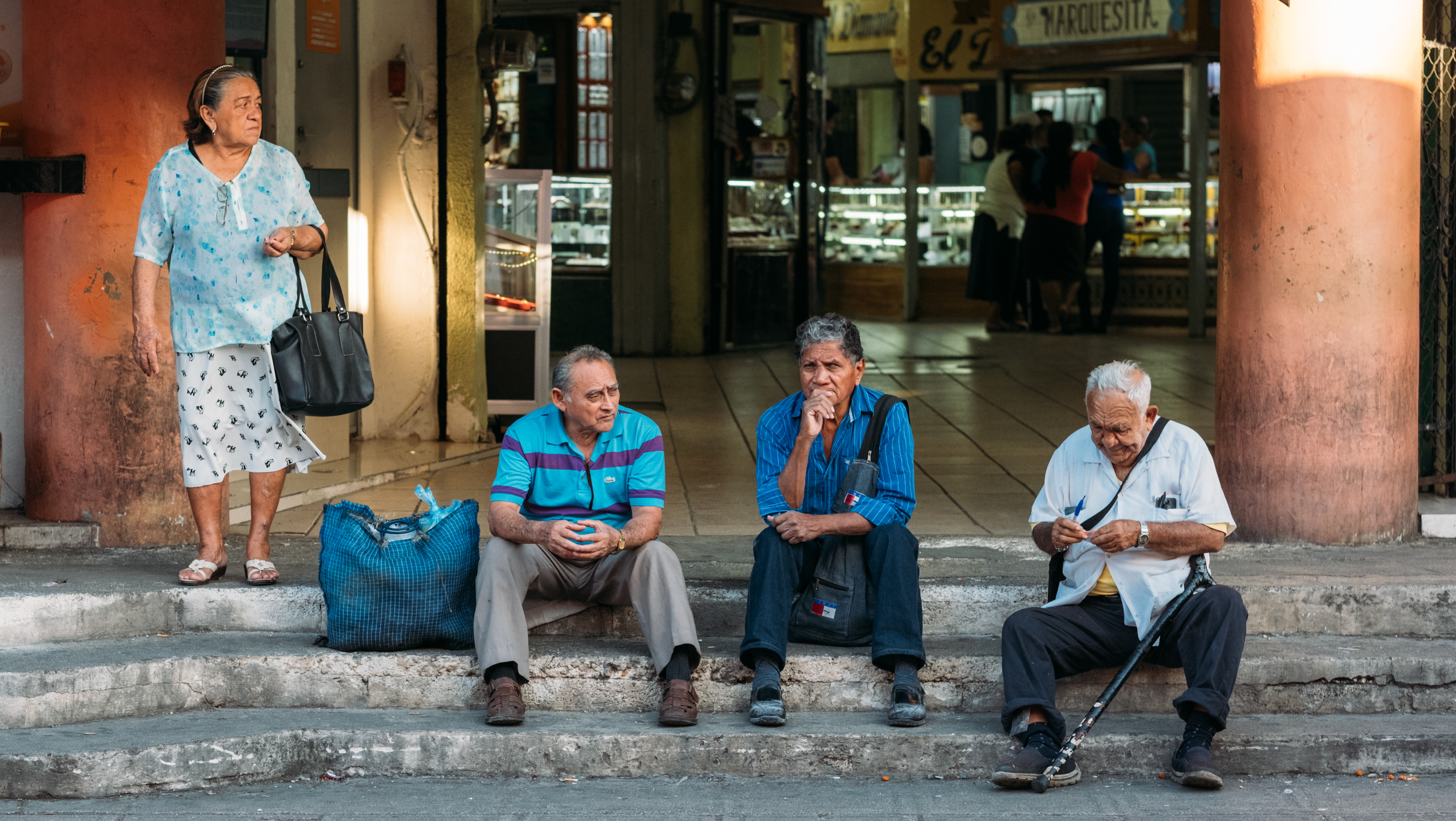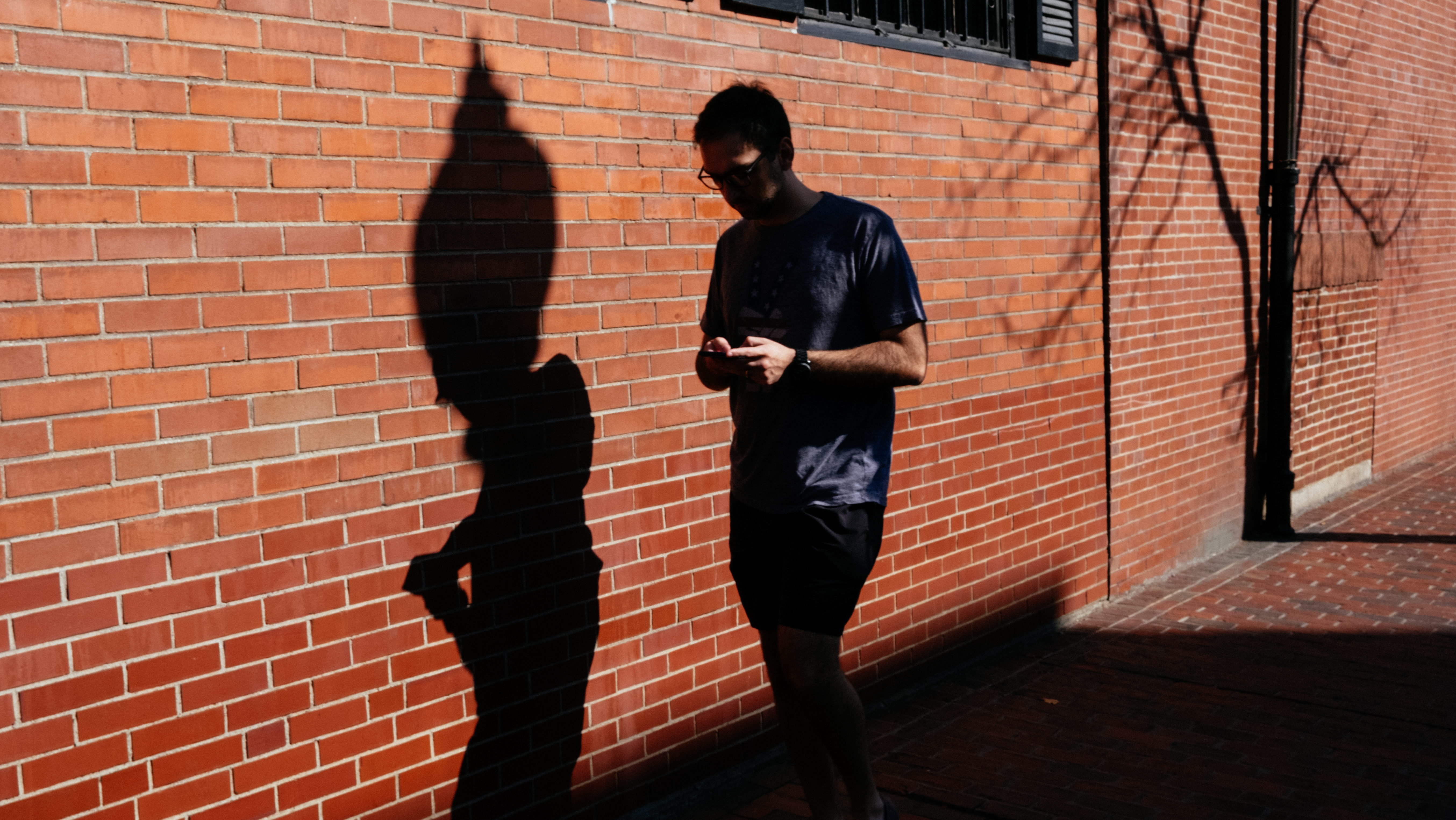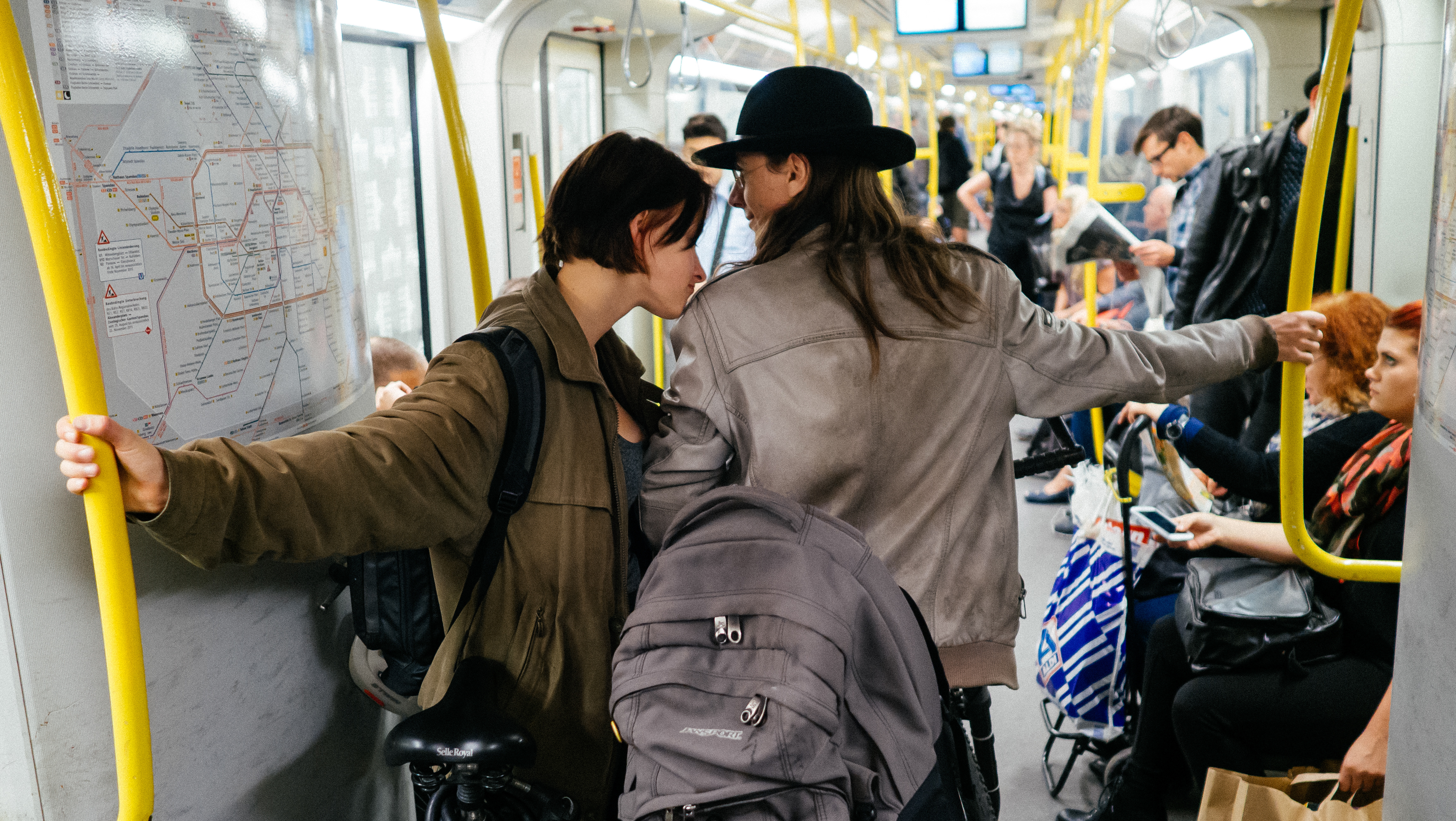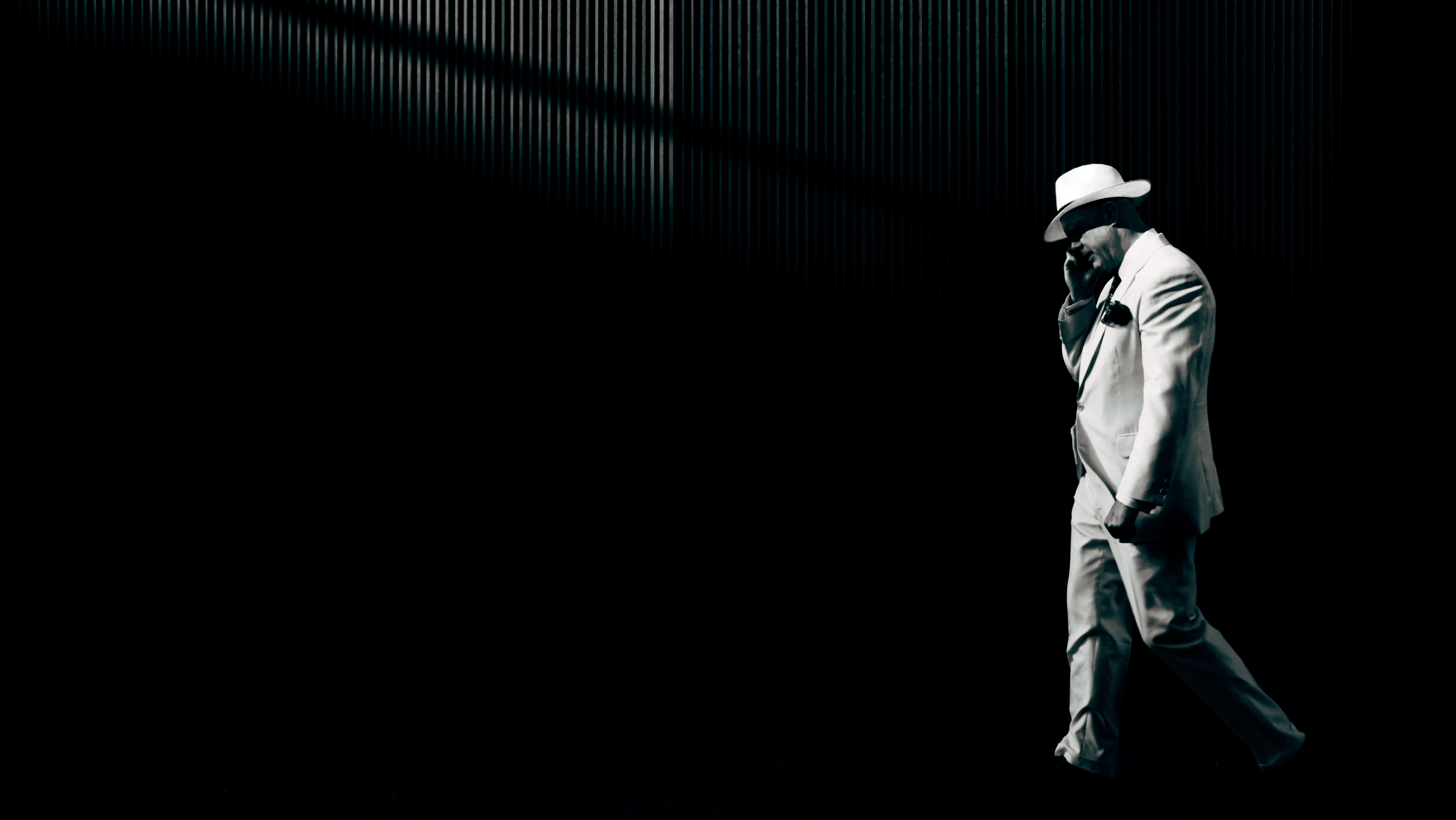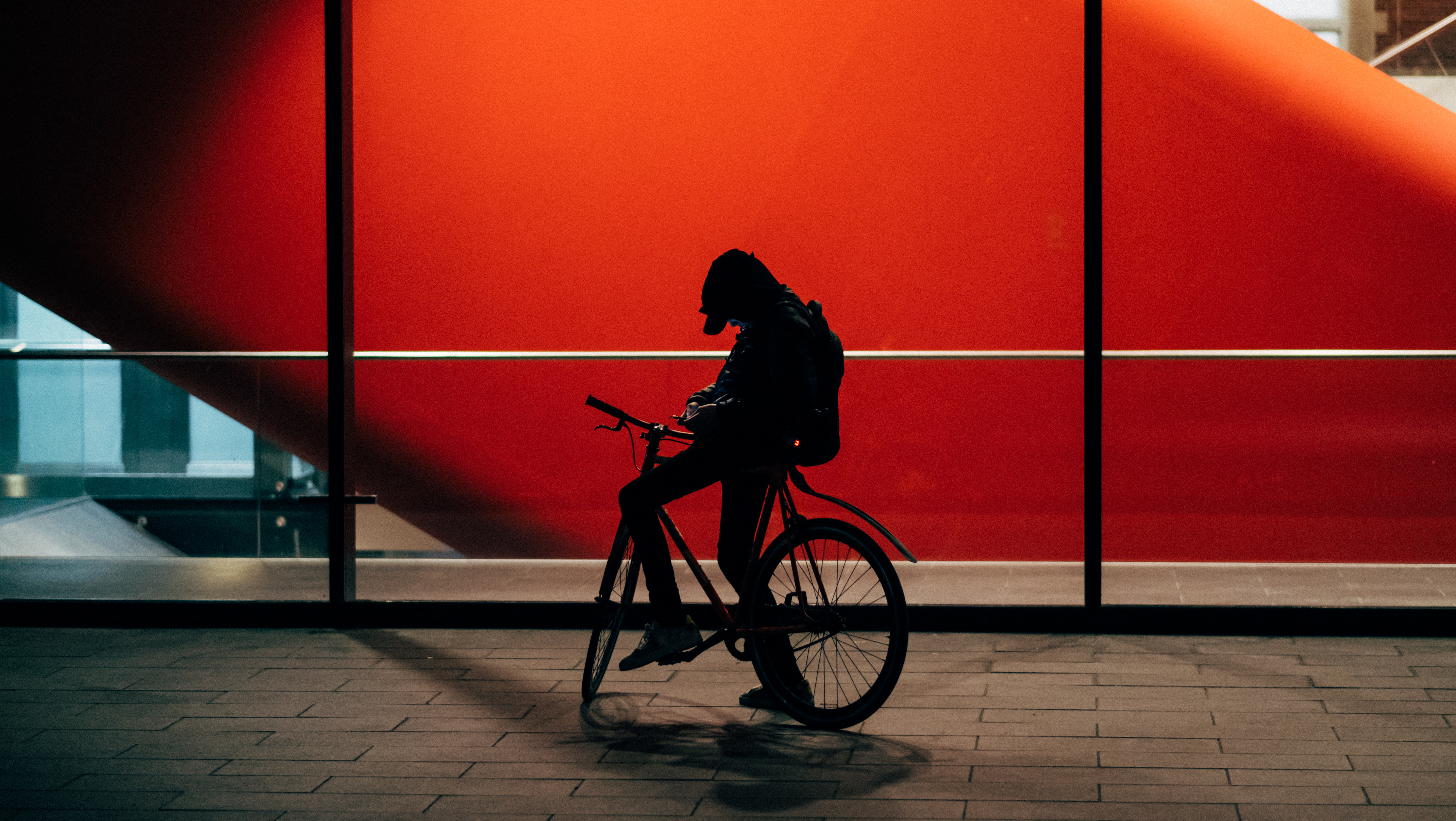1. What is Street Photography?
Street photography, also known as candid photography, is a form of art that captures unposed and spontaneous moments in public places. The goal is to document everyday life and human interactions, often resulting in powerful and thought-provoking images. This genre emphasizes the beauty of the ordinary, framing and timing each shot to capture decisive moments.
2. What is the Best Lens for Street Photography?
Choosing the right lens is crucial for street photography. Typically, a focal length between 24mm and 50mm offers the best perspective. Many street photographers prefer a 35mm prime lens because it provides a naturalistic view while still allowing you to include plenty of context in your frame. This focal length is versatile and discreet, perfect for capturing candid moments without drawing too much attention.
When using a wider focal length, you will likely need to get closer to the scene or move your body more, which means more physical movement and closer interaction. It's important to know your style and preferences. Ask yourself if you enjoy getting closer to the action or moving quickly. Your answers will help you choose the right focal length for your needs.
In narrow streets and indoor scenes, wider focal lengths can be particularly useful. If you love capturing backdrops and including architectural elements or landmarks in your photos, a wider lens will allow you to incorporate these elements seamlessly into your shots.
3. How Can You Focus Faster in Street Photography?
Focusing quickly is essential for street photography, where moments can pass in an instant. I use manual or zone focusing for about 80% of my shots. This technique involves pre-setting your focus distance, allowing you to capture images swiftly without waiting for autofocus. For the remaining 20%, relying on autofocus with a center focus point can be effective.
When shooting after sunset or in darker conditions, I switch to autofocus and adjust to lower apertures to better manage the reduced light levels. This approach ensures I can continue capturing sharp images while adapting to challenging lighting scenarios. The key is to stay adaptable and comfortable with both manual and autofocus techniques to meet the demands of dynamic street photography.
4. Why is Street Photography Challenging?
Street photography presents one of the toughest challenges in photography due to its requirements for technical skills, a sharp eye for composition and lighting, and the ability to anticipate and capture brief moments. To excel in this genre, you must be highly aware of your surroundings, which enhances your observational skills and requires a blend of intelligence (IQ), emotional intelligence (EQ), and empathy. You must also foresee scenes, gauge people's reactions, and navigate potential hazards and negative aspects of the environment while maintaining a positive attitude, often with a smile.
The unpredictable nature of the street demands constant attention and readiness to capture compelling images at any given moment. Despite these challenges, street photography offers profound rewards, providing a deep sense of satisfaction when you successfully capture that perfect moment.
5. What Should You Wear for Street Photography?
To blend in and avoid drawing attention, it’s best to wear neutral, inconspicuous clothing. Dressing like a tourist can also help you move unnoticed through the streets. The goal is to remain as invisible as possible to capture candid moments without disrupting the scene.
6. Is Street Photography Legal in Italy?
Street photography in Italy is generally legal, provided you follow certain guidelines. Photographs taken in public spaces for non-commercial purposes are typically permissible, as long as they do not damage a person’s dignity or endanger public safety.
7. How Can You Improve Your Street Photography Skills?
Simplicity in Street Portraits: Less is More
Master the art of simplicity in street portraits by focusing on straightforward subjects, uncomplicated backgrounds, and clean compositions.
Master the art of simplicity in street portraits by focusing on straightforward subjects, uncomplicated backgrounds, and clean compositions.
Enhance Your Observational Skills for Better Photos
Strengthen your ability to see and capture compelling images by keenly observing forms, shapes, lines, colors, and the play of light in your surroundings.
Strengthen your ability to see and capture compelling images by keenly observing forms, shapes, lines, colors, and the play of light in your surroundings.
Always Be Ready: The Importance of Carrying a Camera
Keep your photography gear handy at all times to seize unexpected moments and opportunities that arise throughout your day.
Keep your photography gear handy at all times to seize unexpected moments and opportunities that arise throughout your day.
Patience and Preparation: Finding the Perfect Background
Use strategic patience to capture striking street portraits against captivating backgrounds. Position yourself in locations with dynamic elements and wait for the ideal subject to complete your composition.
Use strategic patience to capture striking street portraits against captivating backgrounds. Position yourself in locations with dynamic elements and wait for the ideal subject to complete your composition.
Learn from the Masters: Studying Iconic Photographers
Draw inspiration and insights from legendary street photographers like Henri Cartier-Bresson, Martin Parr, Elliot Erwitt, and others. Study their techniques and artistic vision to refine your approach to street photography.
Draw inspiration and insights from legendary street photographers like Henri Cartier-Bresson, Martin Parr, Elliot Erwitt, and others. Study their techniques and artistic vision to refine your approach to street photography.
Practice Makes Perfect: Consistent Shooting Habits
Dedicate regular time to practicing your street photography skills. Embrace failure as part of the learning process and continually refine your techniques.
Dedicate regular time to practicing your street photography skills. Embrace failure as part of the learning process and continually refine your techniques.
Harnessing Light and Shadow for Impactful Shots
Explore how light and shadow can transform ordinary scenes into dramatic and visually engaging photographs. Experiment with different lighting conditions to enhance mood and storytelling in your street images.
Explore how light and shadow can transform ordinary scenes into dramatic and visually engaging photographs. Experiment with different lighting conditions to enhance mood and storytelling in your street images.
Composition Secrets: Beyond the Basics
Master advanced composition concepts beyond the Rule of Thirds. Utilize techniques like leading lines, symmetry, and negative space to create dynamic and balanced street photographs.
Master advanced composition concepts beyond the Rule of Thirds. Utilize techniques like leading lines, symmetry, and negative space to create dynamic and balanced street photographs.
Feedback and Growth: Seeking Constructive Criticism
Seek feedback from peers or mentors to gain fresh perspectives on your work. Use constructive criticism to identify strengths and areas for improvement in your street photography.
Seek feedback from peers or mentors to gain fresh perspectives on your work. Use constructive criticism to identify strengths and areas for improvement in your street photography.
Capture Moments: Timing and Spontaneity
Develop your instinct for capturing fleeting moments and spontaneous scenes in street photography. Stay alert and responsive to your surroundings to capture authentic and impactful street moments.
Develop your instinct for capturing fleeting moments and spontaneous scenes in street photography. Stay alert and responsive to your surroundings to capture authentic and impactful street moments.
8. What Camera Settings are Best for Street Photography?
For street photography with a Fujifilm Xpro 2, it's ideal to manually set the aperture to at least f/8, preferably f/11, and more if possible, to ensure a deep depth of field and keep more of your scene in focus. Set the ISO to automatic, ranging between 200 and 3200. Use a fast shutter speed (1/250s or higher) to freeze motion and prevent blur. If shooting after sunset or in darker conditions, switch to autofocus and use lower apertures to accommodate the low light. The main idea is to free yourself to concentrate on the visual aspects of daily life, capturing stories and possibilities around you.
